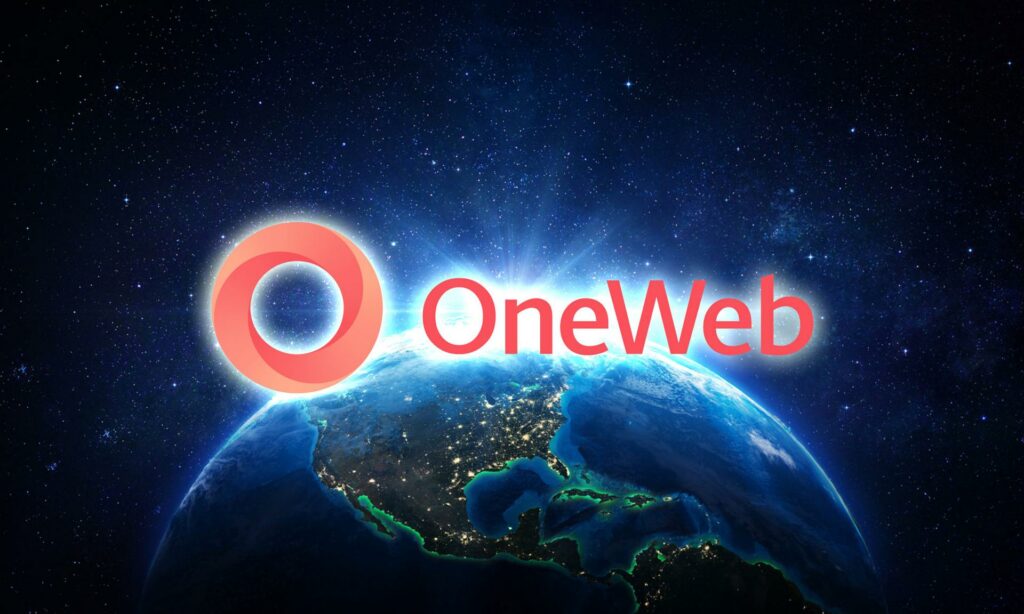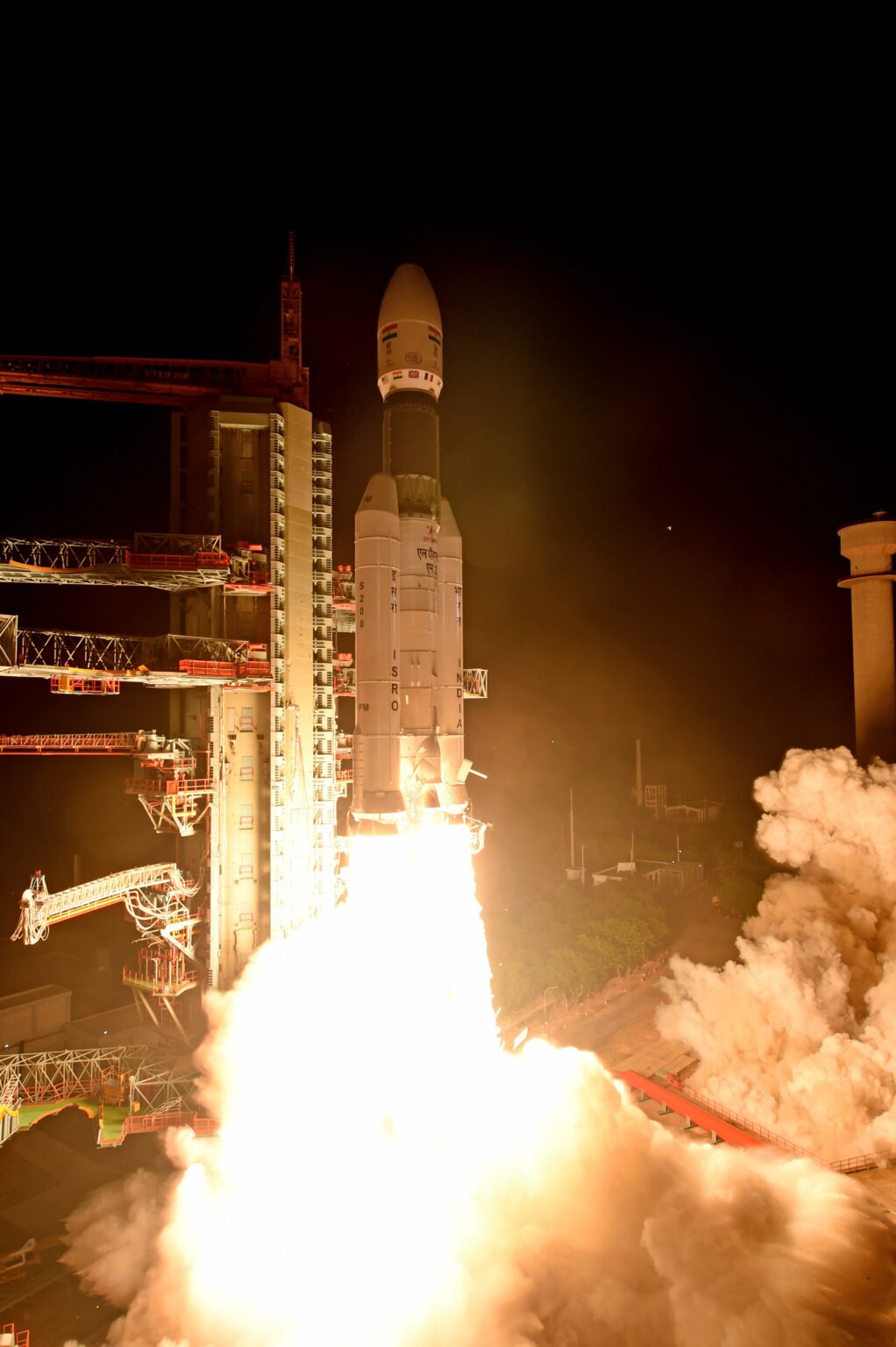On October 22, an Indian GSLV Mark III rocket was launched from the territory of the Satish Dhawan Space Center. It successfully launched a batch of 36 OneWeb satellites into Earth orbit.
OneWeb Problems
OneWeb was founded in 2012 with the aim of creating a global satellite Internet system. Its deployment was carried out with the help of Russian launch vehicles. By February 2022, the company managed to launch 428 of the required 648 devices.

After the start of the large-scale Russian invasion of Ukraine, and the ultimatum of Roscosmos, OneWeb completely severed relations with the aggressor country and ordered its employees to leave the Baikonur cosmodrome, where preparations for the next launch were being carried out. This put the company in a difficult position. But OneWeb’s management found a way out by agreeing to launch the remaining satellites with SpaceX and NewSpace India Limited (a commercial division of the Indian Space Research Organization, ISRO).
India’s New Opportunities
According to many experts, the successful launch of OneWeb can be an important milestone for India, symbolizing that the country is ready to compete for more significant positions in the global launch market. At the moment, there is a clear shortage of carriers capable of displaying a large number of satellites. This is due to both the expulsion of Russia from civilized society and the constant postponement of the commissioning date of new rockets like Ariane 6, H3, New Glenn and Vulcan Centaur. At the same time, the production of Ariane 5 and Atlas 5 carriers has already been discontinued, and all remaining copies have long been painted between different customers.

Thus, customers do not have many options left. The most obvious choice is the Falcon 9, but it is no longer able to meet the existing demand. India is going to take advantage of the current situation to strengthen its position in the launch market at the expense of the GSLV Mark III rocket. Since its commissioning in 2014, it has made only five flights — but the situation may change soon. Back in 2018, ISRO made an order for ten new rockets, and recently it became known that the organization is trying to find a way to accelerate the pace of production of the carrier.
The GSLV Mark III is the most powerful Indian rocket. It is capable of putting up to 10 tons of cargo into low Earth orbit and up to 4 tons into geotransfer. The current cost of launching a rocket for commercial customers is 60-65 million dollars.
According to https://spacenews.com
Follow us on Twitter to get the most interesting space news in time
https://twitter.com/ust_magazine

